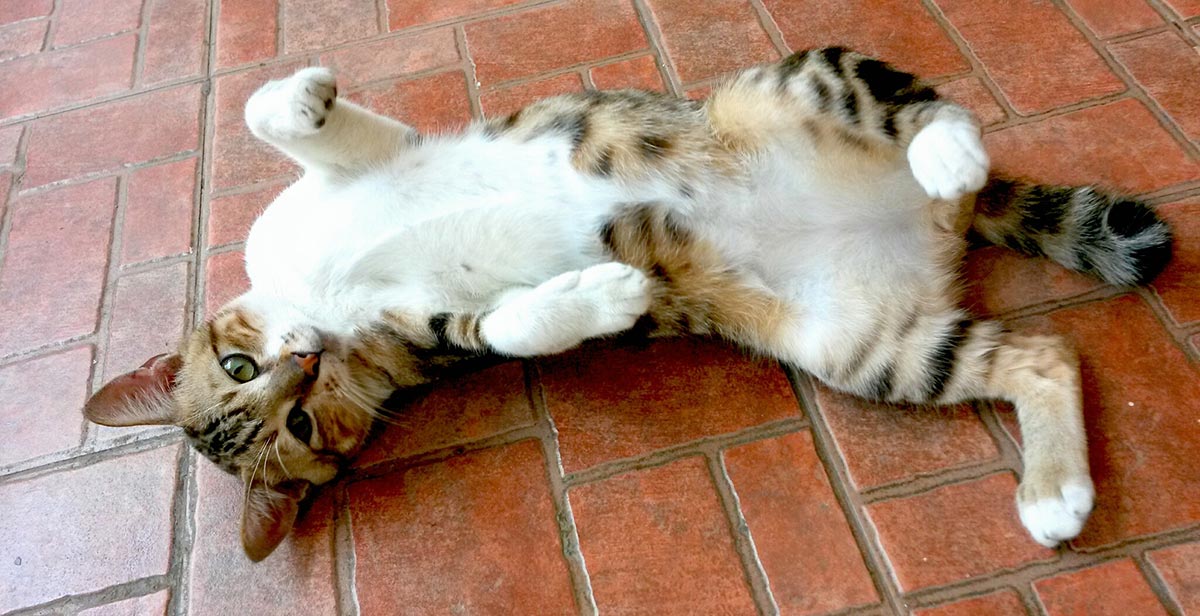The Benefits of Declawing a Cat
In this article, we will discuss the benefits of declawing a cat and address some common misconceptions surrounding this procedure.
Improved Safety
One of the main benefits of declawing a cat is the improved safety it provides for both the cat and its owners. Cats have sharp claws that they use for various purposes, such as hunting, climbing, and defending themselves. However, these sharp claws can also accidentally cause harm to humans or other animals, especially if the cat becomes frightened or agitated.
By declawing a cat, the risk of unintentional scratches or injuries is significantly reduced. This can be particularly beneficial for households with young children or individuals with compromised immune systems.
Protecting Furniture and Possessions
Another advantage of declawing a cat is the protection it offers to furniture and other possessions. Cats naturally scratch surfaces to mark their territory, stretch their muscles, and keep their claws healthy. Unfortunately, this behavior can result in damaged furniture, curtains, and carpets.
Declawing a cat can help prevent destructive scratching and preserve the condition of your home. It provides an alternative solution to constantly trimming the cat’s claws or using claw caps, which may not be effective in all cases.
Reduced Risk of Outdoor Hazards
For cats that spend time outdoors, declawing can reduce the risk of various hazards. Outdoor cats face dangers such as encounters with aggressive animals, exposure to diseases, and the potential for getting their claws caught in objects or fences.
By declawing a cat, you can help protect them from these risks and provide them with a safer environment to explore. It allows them to enjoy the outdoors without the same level of vulnerability.
Alternative to Rehoming or Euthanasia
In some cases, declawing a cat can be an alternative to rehoming or euthanasia. Cats with aggressive scratching behaviors or those that repeatedly cause harm to themselves or others may face the risk of being surrendered to a shelter or euthanized.
Declawing can be considered as a last resort to address these issues and allow the cat to remain in a loving and caring home. However, it is important to consult with a veterinarian to determine if declawing is the most appropriate solution in such situations.

In conclusion, declawing a cat can provide several benefits, including improved safety for both the cat and its owners, protection of furniture and possessions, reduced risk of outdoor hazards, and an alternative to rehoming or euthanasia in certain cases. However, it is essential to weigh the pros and cons and consult with a veterinarian before making a decision. Remember, declawing should only be considered after exploring other alternatives and understanding the potential consequences.
Frequently Asked Questions about the Benefits of Declawing a Cat
1. What is declawing?
Declawing is a surgical procedure that involves removing a cat’s claws.
2. Why do people declaw their cats?
People may choose to declaw their cats to prevent scratching damage to furniture and other household items.
3. Does declawing a cat hurt?
Declawing can cause pain and discomfort to the cat during the recovery period. It is a surgical procedure that involves amputating the last bone of each toe.
4. Are there any health benefits for the cat?
There are no direct health benefits for the cat. However, some argue that declawing can prevent certain injuries that may occur during aggressive scratching.
5. Can declawing a cat change its behavior?
Yes, declawing can change a cat’s behavior. Cats rely on their claws for balance, climbing, and self-defense. After declawing, they may become more fearful or aggressive.
6. Are there any alternatives to declawing?
Yes, there are alternatives to declawing. Regular nail trimming, providing scratching posts, and using soft nail caps are some options to prevent scratching damage.
7. Is declawing legal everywhere?
No, declawing is illegal or considered inhumane in many countries and some states within the United States.
8. Can declawing lead to complications or long-term issues?
Yes, declawing can lead to complications such as infection, bleeding, and chronic pain. It can also cause long-term issues like behavioral changes and difficulty walking.
9. Does declawing affect a cat’s ability to defend itself?
Yes, declawing significantly impairs a cat’s ability to defend itself. Without claws, cats lose their primary means of protection.
10. Should I declaw my cat?
The decision to declaw a cat is a personal one. It is important to consider the potential risks, alternatives, and the impact they may have on the cat’s overall well-being.




